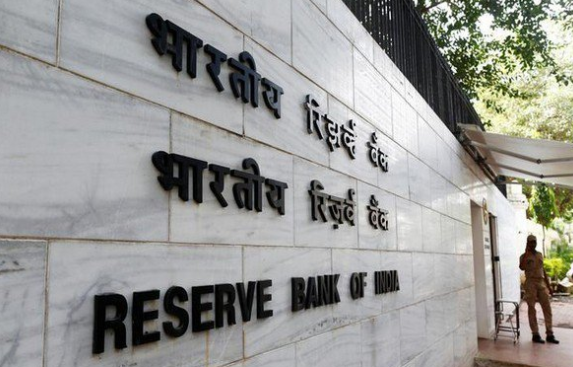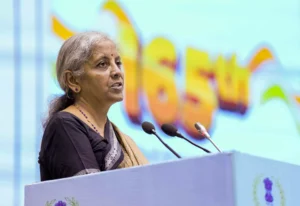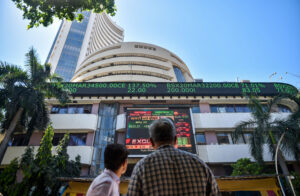RBI cuts FY’24 inflation projection to 5.2 pc, flags adverse climate, uncertainty in global fin mkts as risks
New Delhi, Apr 6 (PTI) The Reserve Bank on Thursday marginally cut retail inflation projection to 5.2 per cent in the current fiscal, but flagged adverse climatic conditions and rising uncertainty in international financial markets as future risks.

Although the expectation of a record Rabi harvest bodes well for easing of food price pressures, milk prices are likely to remain firm going into the summer season due to tight demand-supply balance and fodder cost pressures, RBI said.
The Reserve Bank of India (RBI) on Thursday decided to keep the key benchmark policy rate at 6.5 per cent even as inflation is trending above its tolerance level.
The rate hike has been paused after six consecutive rate increases aggregating to 250 basis points since May 2022.
Although the Reserve Bank pared its inflation estimate from its February projection of 5.3 per cent, RBI Governor Shaktikanta Das said the overall outlook remains “dynamic and fast evolving” amid the recent jump in crude oil prices following sudden announcement by OPEC+ countries to cut output.
Assuming annual average crude oil price of USD 85 per barrel and a normal monsoon, the retail inflation in the current fiscal is projected to moderate to 5.2 per cent, Das said in the monetary policy statement.
In the last fiscal, which ended March 31, RBI projected average annual retail inflation at 6.5 per cent.
“On the upside, adverse climatic conditions are a risk to the future inflation trajectory. Milk prices are also likely to remain firm going into the summer season due to tight demand-supply balance and fodder cost pressures. The rising uncertainty in international financial markets and imported inflation pressures need to be monitored closely,” the Governor said.
US lenders — Silicon Valley Bank and Signature Bank, New York, — went belly up last month sending equity markets into a tizzy. Soon after, Switzerland-based Credit Suisse too came to the brink of collapse forcing the government to arrange for a takeover by its rival bank UBS.
With the fight against inflation far from over, the global economy is now confronted with serious financial stability challenges from the recent banking sector developments in some advanced economies.
He said the impact of the recent unseasonal rains in some parts of the country needs to be watched. Global commodity prices have moderated significantly from their heightened levels a year ago.
For the June quarter, the RBI projected retail inflation to average 5.1 per cent, and rise to 5.4 per cent each in the September and December quarter.
It is expected to decline to 5.2 per cent in the March 2024 quarter.
“Projections for 2023-24 point to a softening in inflation, though the disinflation is likely to be gradual and protracted, given the rigidity in core or underlying inflation pressures… We are living in very volatile times,” Das said.
The RBI has the mandate of keeping inflation at 4 per cent, with a band of (+/-) 2 per cent on either side.
Retail inflation has remained above the RBI’s upper tolerance level of 6 per cent for two months and in February it was 6.44 per cent.
“The war against inflation has to continue until we see a durable decline in inflation closer to the target. We stand ready to act appropriately and in time. We are confident that we are on the right track to bring down inflation to the target rate over the medium term,” Das said.
Except for November and December 2022, retail inflation has remained above RBI’s upper tolerance level of 6 per cent since January 2022, before softening in November and December.
“The softening in inflation during November-December 2022 turned out to be transitory with CPI headline inflation breaching the upper tolerance threshold during January-February 2023.
“A sharp turnaround in food inflation drove the pick-up in headline inflation as core inflation remained elevated across a range of goods and services,” Das said.






